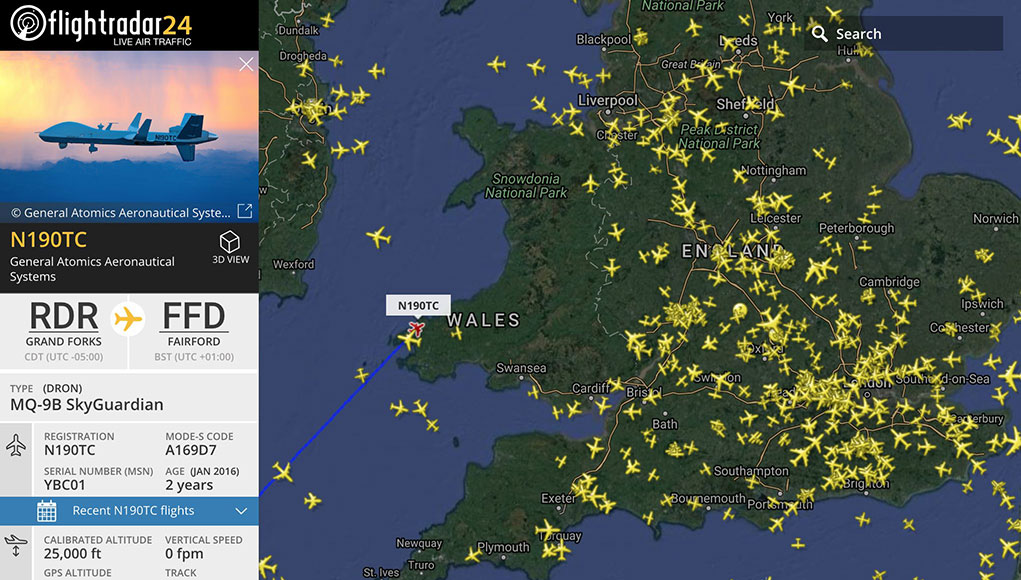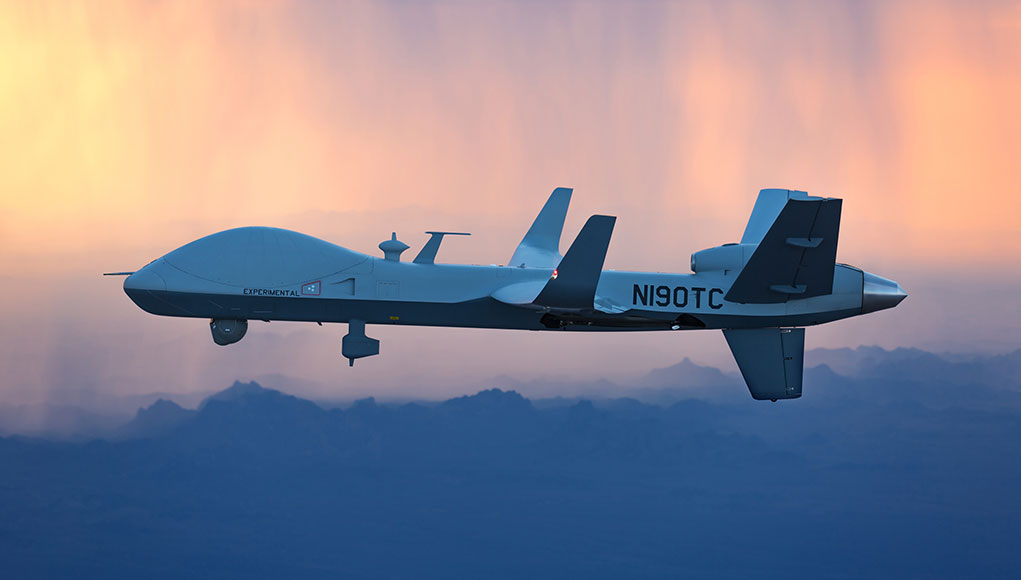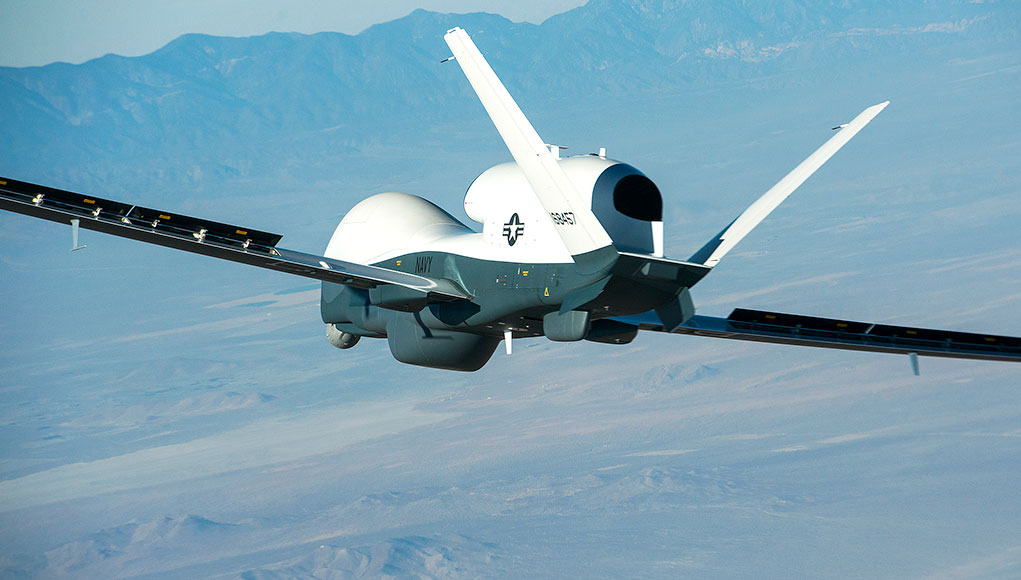
Two leading manufacturers of remotely piloted aircraft systems are nearing the goal of certifying unmanned aerial systems (UAV) for operation in the same airspace with manned aircraft, thus removing a major barrier to entry for drones that restricted the operation of large drones over the populated areas in Europe, Canada, and the USA. Elbit Systems of Israel and General Atomics Aeronautical Systems Inc. are the two forerunners in this field, followed by IAI and Northrop Grumman.

Until recently nations that acquired such drones for Medium Altitude Long Endurance (MALE) missions could operate them primarily in the under-developed regions of the third world, where the majority of air traffic is conducted at high altitude, leaving the medium and low altitude an unregulated open space. MALE drones are regularly operated under special military permissions in Singapore, India, South Korea, across Central Asia and EuroAsia, parts of Latin America, Africa, Turkey, and the Middle East.
In contrast, Europe, and North America or other nations operating under the International Civil Aviation Organization (ICAO) rules, are inaccessible for drones, except for few areas reserved for drone experimentation and training. Operation in such airspace with special permissions would require the implementation of “detect and avoid” anti-collision systems.
Two new drones – the SkyGuardian from General Atomics ASI (GA-ASI) and StarLiner from Elbit Systems are positioned to complete a complex certification process by the European Aviation Safety Agency and UK Military Airworthiness Authority (MAA), to enable drone operators to fly within the dense European airspace, almost everywhere a manned aircraft can.

On July 11, 2018 GA-ASI completed the first transatlantic crossing with the SkyGuardian MQ-9B unmanned aircraft, designed and built for the Royal Air Force ‘Protector RG MK1’ fleet. The RAF has been operating the MQ-9 Reaper for ten years, flying over 100,000 flight hours, but could not operate the drone over the British Isles since the drone could not be certified as a safe aerial vehicle.
Both companies decided to tackle the problem head-on and test the authorities’ readiness to certify large drone platform counting on some European governments’ pressure to enable drone operations within the European airspace. Being ‘Certifiable’ means that all components, structures, avionics, software, procedures etc., are meeting civilian aviation standards. While such standards are mandatory for the design of every manned aircraft, they were completely ignored during the development of unmanned platforms.
At present, ‘Certifiable’ provides customers with some assurance that their future drones will be allowed to operate in their national airspace, thus position military drone makers in an advantageous position vis-à-vis procurement programs in Europe and Canada, where tenders are expected to exclude, or at least recognize certification as a threshold for entries. It will also urge aviation authorities, setting the standards for future autonomous aviation.

Another drone that potentially meets the ICAO rules is the MQ-4C Triton High Altitude Long Endurance (HALE) drone from Northrop Grumman, the first drones of this class are now fielded with the US Navy and operate on maritime surveillance missions. Since those drones were fitted with anti-collision and de-icing systems to meet the requirements of the US Navy, to enable operations in the civil and international airspace, they could also be considered for operations over Europe. A German request to buy four such systems was approved in April 2018, has been approved, but an order for such systems is still pending.



















